Archives
- 2025-11
- 2025-10
- 2023-07
- 2023-06
- 2023-05
- 2023-04
- 2023-03
- 2023-02
- 2023-01
- 2022-12
- 2022-11
- 2022-10
- 2022-09
- 2022-08
- 2022-07
- 2022-06
- 2022-05
- 2022-04
- 2022-03
- 2022-02
- 2022-01
- 2021-12
- 2021-11
- 2021-10
- 2021-09
- 2021-08
- 2021-07
- 2021-06
- 2021-05
- 2021-04
- 2021-03
- 2021-02
- 2021-01
- 2020-12
- 2020-11
- 2020-10
- 2020-09
- 2020-08
- 2020-07
- 2020-06
- 2020-05
- 2020-04
- 2020-03
- 2020-02
- 2020-01
- 2019-12
- 2019-11
- 2019-10
- 2019-09
- 2019-08
- 2019-07
- 2019-06
- 2019-05
- 2019-04
- 2018-07
-
A major finding to emerge from this study
2019-07-30
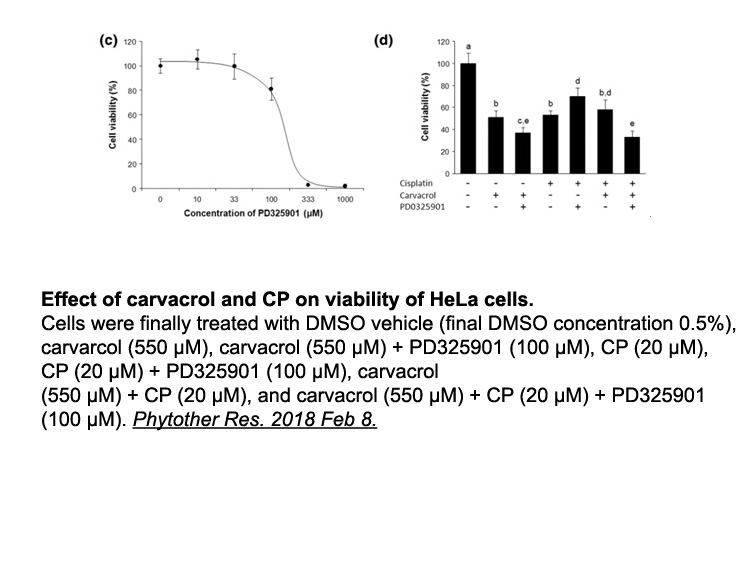
A major finding to emerge from this study is a conserved regulatory scheme deployed by both innate and adaptive lymphocytes, which is coordinated by a cohort of TFs. The scheme functionally compartmentalizes effector Amphotericin B that circulate between blood and peripheral tissues from self-renew
-
br Experimental Procedures br Acknowledgments
2019-07-30

Experimental Procedures Acknowledgments We thank S. Tangye and A. Swarbrick for helpful discussions and critical reading of the manuscript; K. Wood, T. Camidge, and V. Turner for technical assistance; C. Brownlee for cell sorting; the staff of the Garvan Institute Biological Testing Facility f
-
Itch also known as astrophin interacting protein AIP
2019-07-30
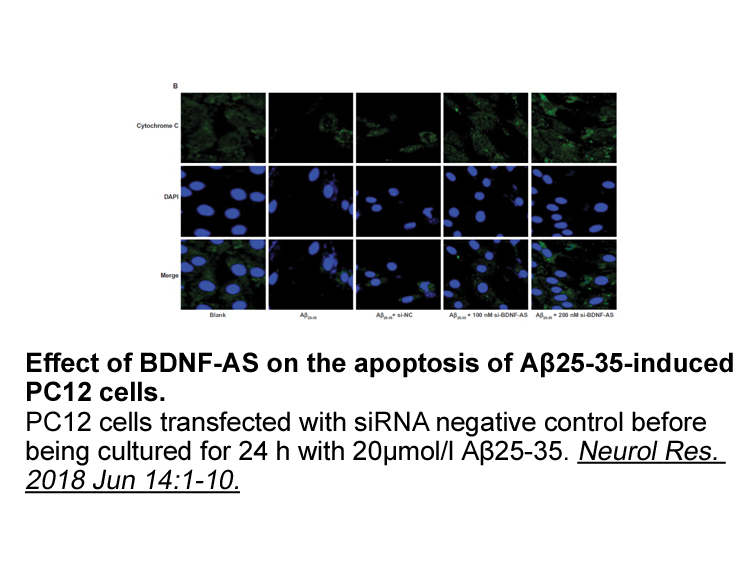
Itch, also known as astrophin-1 interacting protein-4 (AIP4), is a HECT domain-E3 ligase. It was discovered in 1998 in mouse coat color genetic studies which displayed the disruption caused by the Itch gene inducing a lethal autoimmune inflammatory condition. The substrates of Itch are transmembrane
-
How does APC C recognize its substrates
2019-07-30
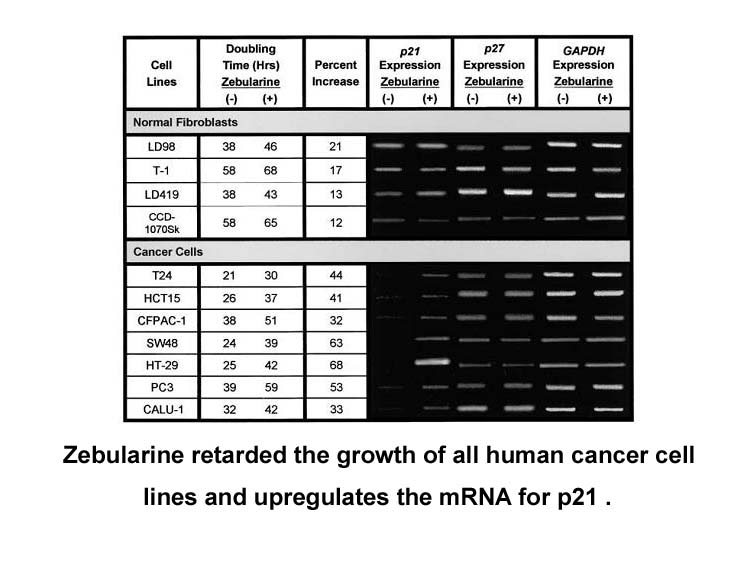
How does APC/C recognize its substrates and catalyze their ubiquitylation? How are the outcomes and timing of these activities regulated? These questions have driven a decade of structural studies that begin to explain how APC/C interacts with coactivators, substrates, and E2s, and how these intera
-
These data from developing brain are in contrast to noradren
2019-07-30

These data from developing JNJ-10198409 are in contrast to noradrenergic receptor regulation in the adult brain. In adult animals, a persistent increase in the α2-AR high affinity state is elicited as a result of DSP-4 lesion or reserpinization, as measured by [3H]clonidine binding to membrane prepa
-
Moreover maintaining the pyrimidine pool is
2019-07-30
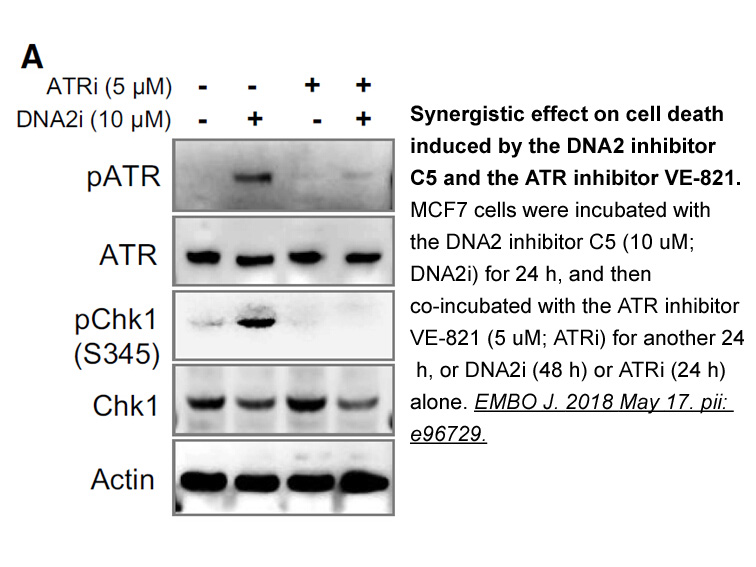
Moreover, maintaining the pyrimidine pool is not the only important role played by DHODHs. In Toxoplasma gondii, for instance, DHODH plays a second essential function [38] possibly coupled to the mitochondrial respiratory activity, where it replenishes ubiquinol levels and prevents reactive oxygen s
-
Next the BE obtained for the
2019-07-30
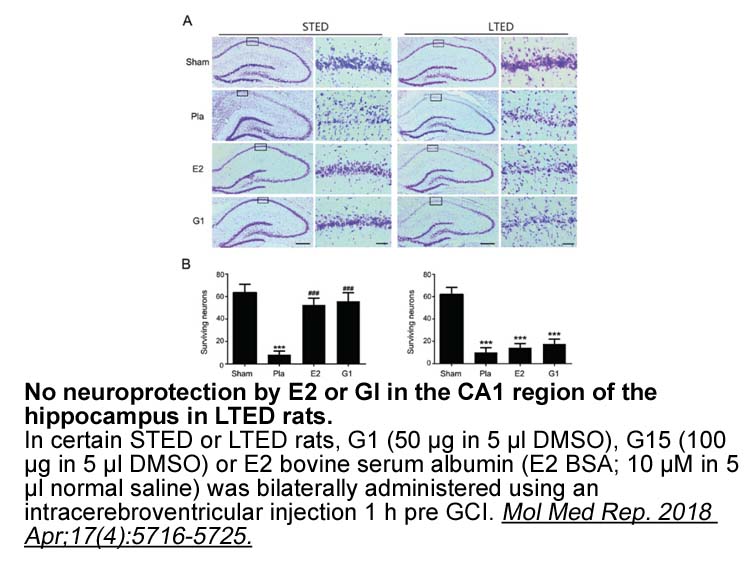
Next, the BE obtained for the different complexes were evaluated. From the BE obtained from our MD simulations, a very good binder can be differentiated from a very weak binder (−11.85 kcal/mol for MTX vs. −6.74 and −3.61 kcal/mol for compounds 14b and 15c, respectively) but ligands with similar bin
-
br Results br Discussion The most
2019-07-30
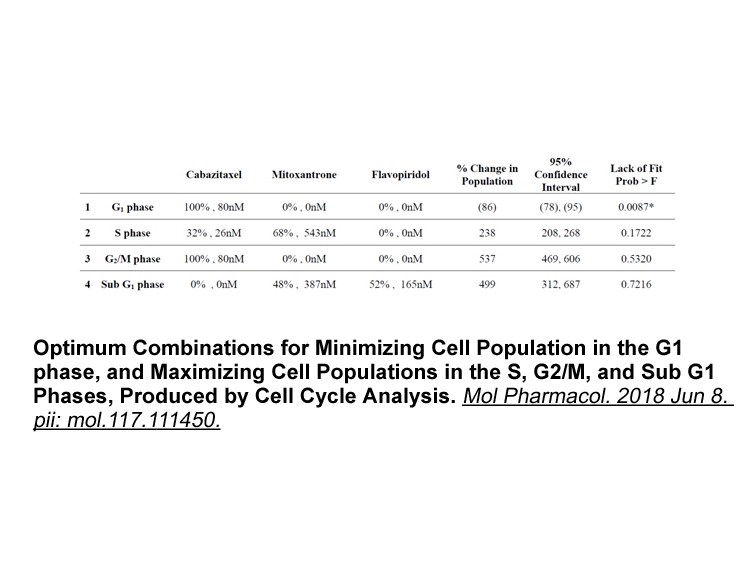
Results Discussion The most relevant overall finding was that DDR1 is present in myelin and is probably synthesized by oligodendrocytes. This result was supported by three different approaches. First, we detected presence of DDR1 mRNA in myelin by ISH. Second, the pattern of DDR1 immunostainin
-
Heparin where The present study provides the first evidence
2019-07-30
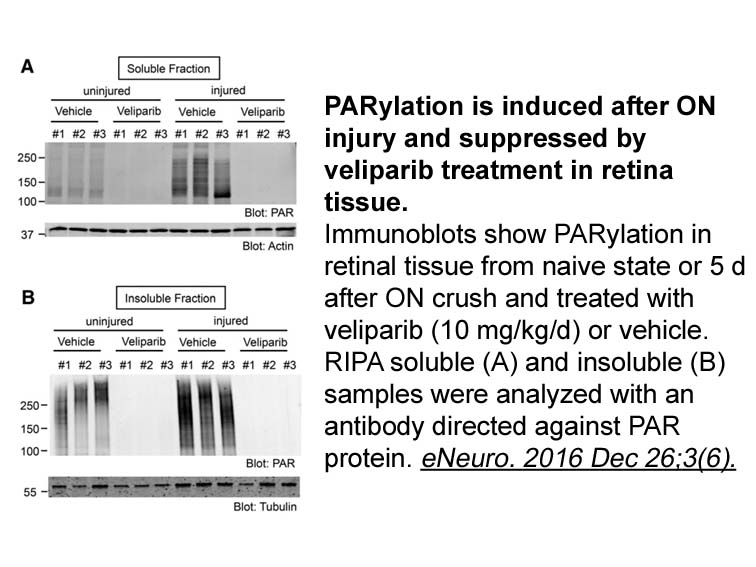
The present study provides the first evidence that the human uroepithelial Heparin where in vitro respond directly, within 48h, to this carcinogen by promoting extensive vacuolation and DAPK expression. By using the TEM, ICC and Western blotting, we found that the arsenite-induced vacuoles were deri
-
br Prostaglandin D PGD is derived from the metabolism
2019-07-30
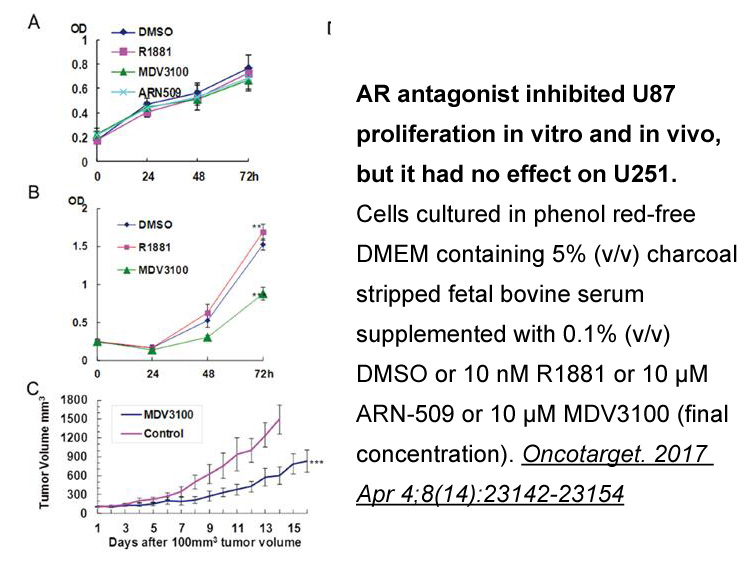
Prostaglandin D (PGD) is derived from the metabolism of arachidonic Isochlorogenic acid C to by cyclooxygenases and downstream PGD synthases. In the immune system, PGD is mainly produced by mast cells but also although at lower levels, by macrophages and Th2 lymphocytes. PGD binds to three differe
-
br Acknowledgments br Introduction Hypertensive retinopathy
2019-07-29
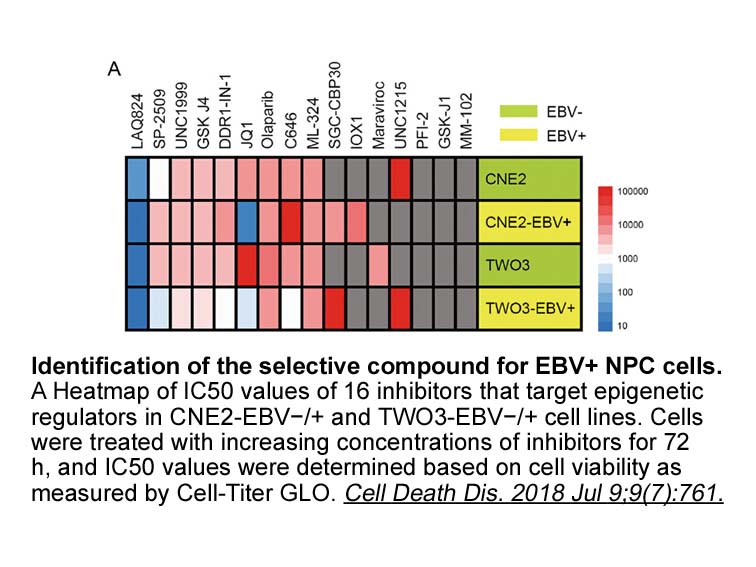
Acknowledgments Introduction Hypertensive retinopathy is a disease of the retinal microvasculature associated with elevated blood pressure (Fraser-Bell et al., 2017). Narrowing of retinal arterioles occurs in the early stage of the disease, and with persistent hypertension further vascular pat
-
br Materials and Methods br Acknowledgements
2019-07-29
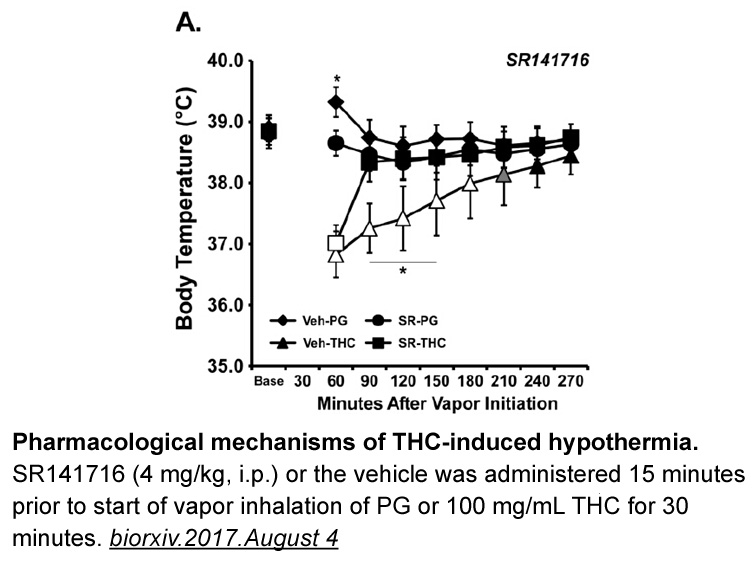
Materials and Methods Acknowledgements Introduction The discoidin domain receptors, DDR1 and DDR2, are two closely related receptor tyrosine kinases (RTKs) that contain a discoidin (DS) homology domain in their extracellular regions. The DDRs were initially discovered by homology cloning ba
-
In addition to EGFR other receptor tyrosine
2019-07-29

In addition to EGFR, other receptor tyrosine kinases (RTKs) also play roles in the tumor progression under hypoxia, especially hepatocyte growth factor receptor (cMet) (Le et al., 2012). Our data suggested that unlike EGFR, hypoxia had no apparent effect on cMet Isoxsuprine hydrochloride (data not s
-
Because of the important role of
2019-07-29
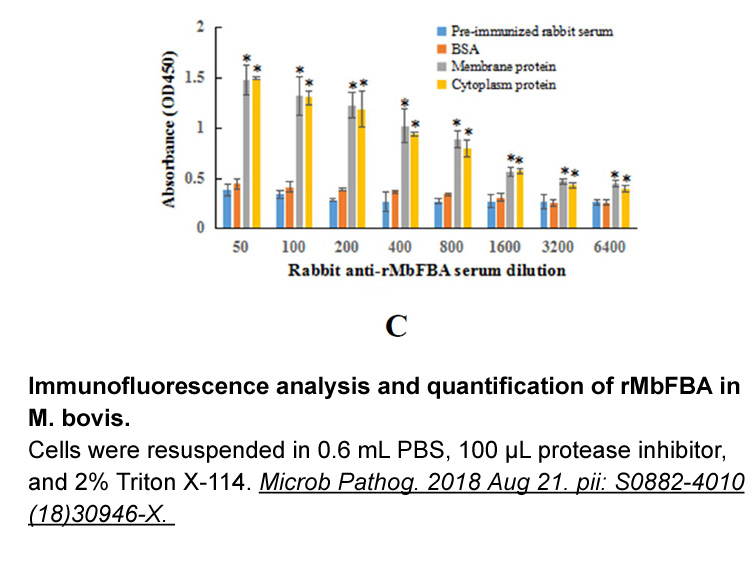
Because of the important role of the DDB1-CUL4B interaction for CUL4B-based E3 ligases, disruption of the DDB1-CUL4B interaction could be an effective approach to treat cancer. Therefore, we developed an in vitro HTS assay based on yeast cell growth inhibition to identify compounds that could disrup
-
Intriguingly our laboratory has shown that the I F
2019-07-29
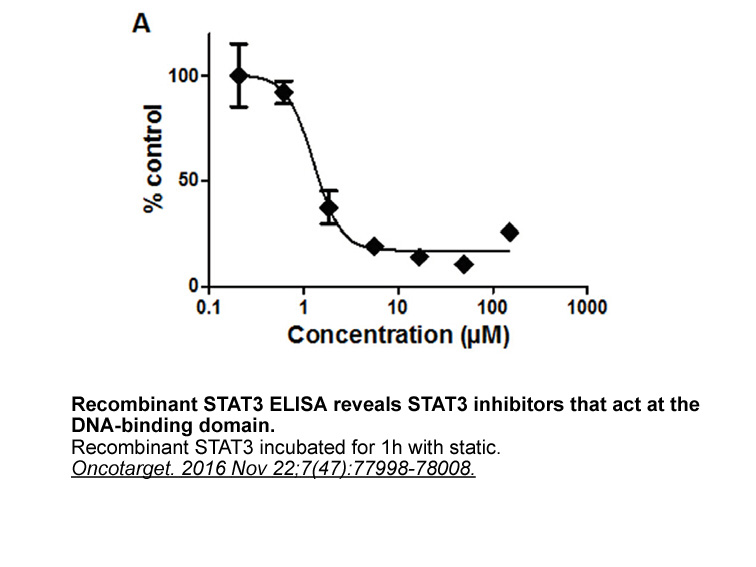
Intriguingly, our laboratory has shown that the I638F kinase domain mutant, unlike the L63V and G505 mutants, is incapable of receptor autophosphorylation and activation of its downstream effector SHP-2 when exposed to collagen stimulation. These data indicate that I638F is a loss of function mutati
11175 records 693/745 page Previous Next First page 上5页 691692693694695 下5页 Last page